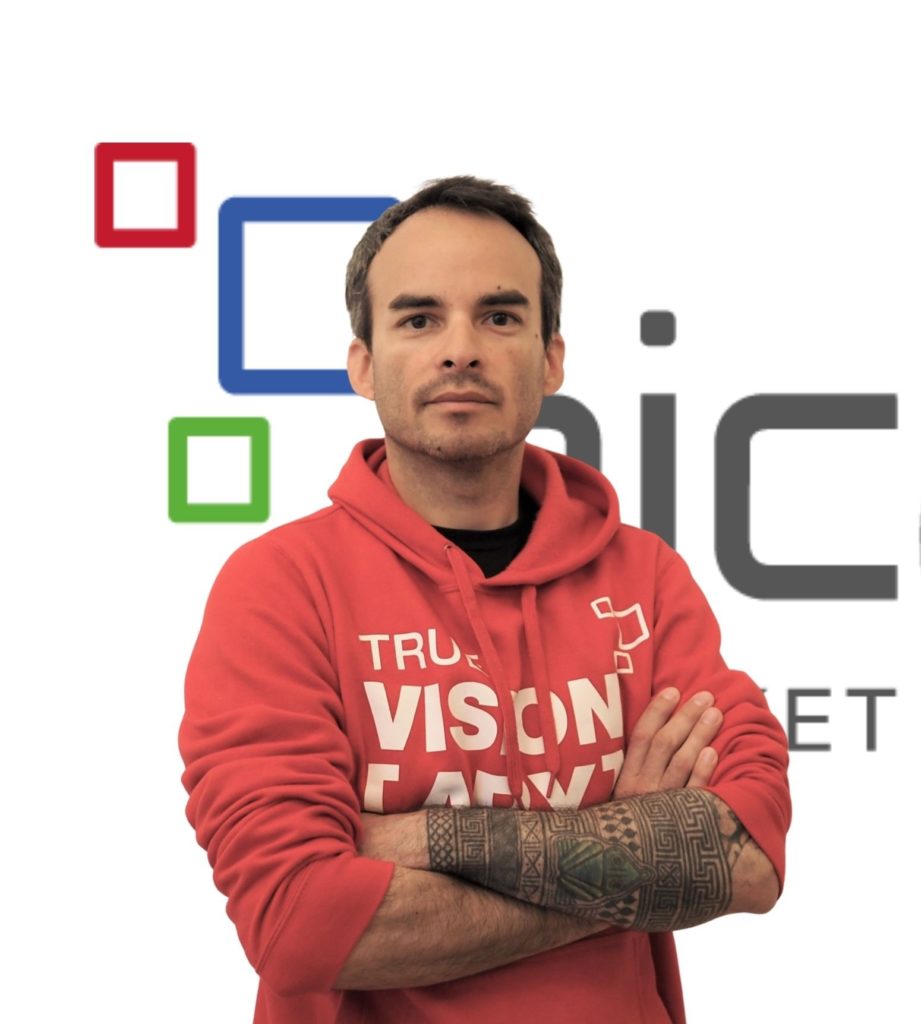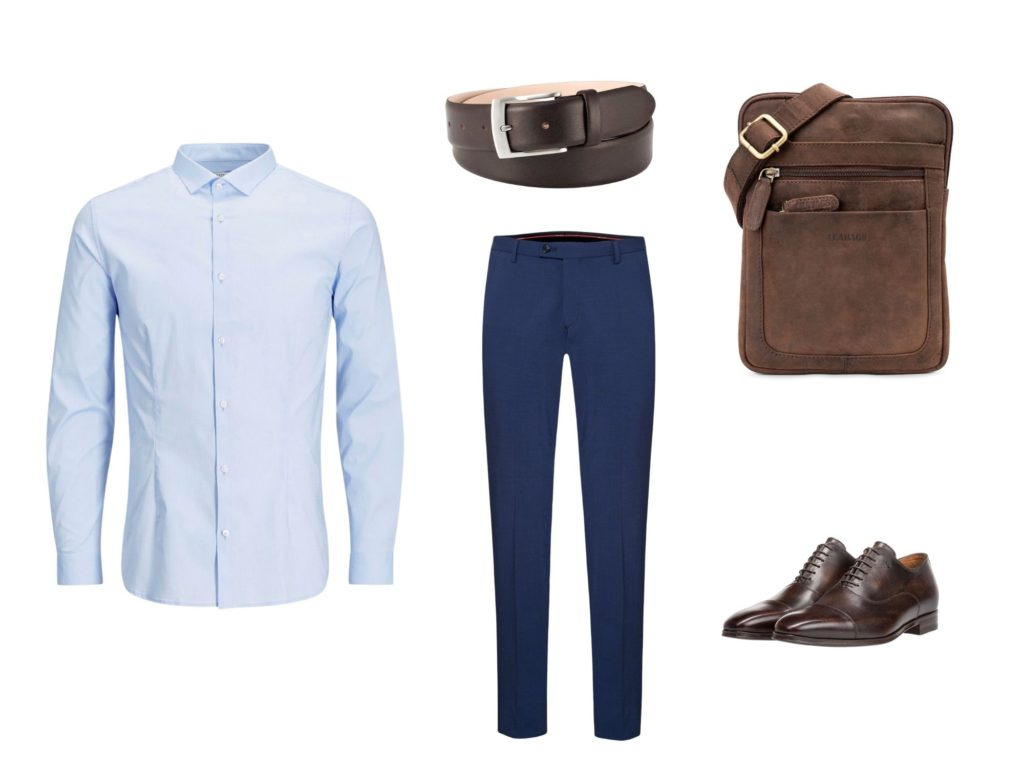What Led to the Development of Complete the Look
Currently, our Visualytics working group is running at full speed. Many ideas for the Visualytics Suite are coming together, both regarding Similarity as well as Complete the Look. Soon we will have the first news. So it’s only natural to take a look back at the origins of our technology. How did Similarity lead to the development of Complete the Look? At that time, only Jess, Björn and Timo were part of our team. What better way to find out than to ask Sebastian Kielmann (founder & CEO)?
Similarity
Sebastian, when did the development of Visualytics begin?

Sebastian Kielmann
Founder and CEO Picalike
The founding of Picalike with similarity search based on image analysis was a few years behind us then. Similarity was successful, the technology was getting better, faster and more precise. Now we wanted to know: What else can you do with this image analysis? After all, similarity analysis can be used in a wide variety of areas. We had already specialized in the area of fashion, because in contrast to the area of technology or cosmetics, everything here revolves particularly around optics – as in our technology! Similarity reads a wide variety of data from the product image, such as color, shape and pattern. Based on product data from a product feed, additional information is loaded.
So we asked ourselves: What do online stores need to offer their customers a better shopping experience? What can we do to take the pressure off them? Make their work easier?
So, in 2014, we started expanding the image similarity engine and at the same time developing Visualytics with Similarity, Complete the Look and the email solution. Complete the Look is our answer to the first question, because with this technology the store can improve the customer’s shopping experience by taking them by the hand and guiding them through their assortment. The store can use CTL to advise which items go together, how to skillfully showcase the desired item with others, stylishly up to date and perfectly coordinated.
How can this technology also make the store's work easier?
By making the mask with which the looks are created as simple and intuitive as possible, so that someone without any prior technical knowledge can put the outfits together. The store is then especially helped when this once-created look is scaled up across the entire assortment. This one created outfit helps the machine learn what in the store’s assortment combines well and might be relevant to their customers. Using the visual search, sold-out products within a Look can be replaced immediately, completely automatically. All items that are similar to a product in the Look are combined into another Look. From one outfit, the Similarity technology immediately creates numerous similar outfits. This saves the company a great deal of time and resources.

Complete the Look
What has been the biggest hurdle so far?
The complexity and the amount of data needed for this correlation matrix were a challenge from the beginning. Only by using dimensionality reduction, but also performance optimizations to the databases, was this challenge overcome so that entire looks can be found and delivered in a matter of milliseconds. Since a product can appear in multiple looks, click and checkout tracking APIs were developed to allow the system to detect top performing looks and play out the looks for a product based on performance.
Of course, it was inevitable that something would go wrong from time to time during development. In the frontend, for example, sliders were configured the wrong way around. From this we learned that we needed a quality check of our data. The Quality Assurance (QA) team was born. After all, not every combination fit the customer, and not every recommendation the system had learned was appropriate. Only with the right algorithms and many trials did everything fit.
Where is Complete the Look currently being used?
At the moment, CTL is implemented on product detail pages as well as for email marketing and on category pages. But it is also used in the call center and as an app on the tablet of modern salespeople. The widget is very customizable and makes the most diverse application areas easily possible. So the bottom line is that CTL can be used anywhere you can make recommendations, whether based on similarity or complementarity.
Thank you, Sebastian, for the short tour back to the origin of picalike and its products! Then we’re really excited to see what new developments are to come. After all, the team is not lacking ideas. We will keep you up to date with our newsletters!
If you want more information about the different applications of Visualytics or Complete the Look or just want to learn more about Picalike, feel free to browse through our blog posts.
But if you want to know exactly how our technology could look like for your use, then sign up for a demo. There you can take a close look at everything with your data.
